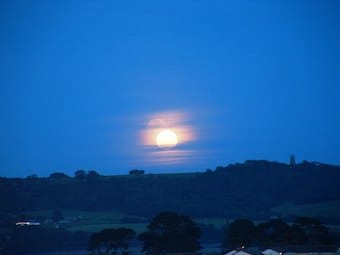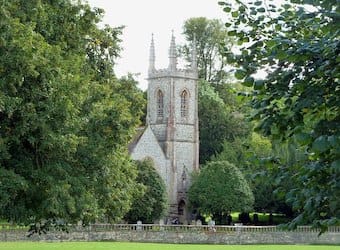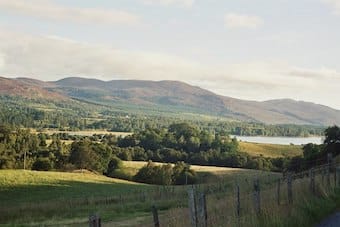1129
The earliest Christians longed to celebrate the resurrection together at Passover, but that was not as easy as it sounds.
To keep Easter together during the Biblical festival of Passover was the shared dream of all the earliest Christian churches. But everyone seemed to have questions about how and when to celebrate the most important feast of the year, and no one seemed to have answers.
Picture: © Darren Rosson, Geograph. Licence: CC-BY-SA 2.0.. Source.
Posted May 17 2017
1130
For Jane Austen, the best education a father can give to his child is to befriend her.
Sir Thomas Bertram has lost both his daughters to unhappy marriages, and now has the unwelcome leisure to reflect on where he went wrong. He gave them a progressive education, he laid down the law; but what he should have done was to get to know them, and to win their trust.
Picture: From Kimbell Art Museum (Fort Worth, TX), via Wikimedia Commons. Licence: Public domain.. Source.
Posted May 11 2017
1131
Jane Austen wrote as a Christian, but all the better for doing so unobtrusively.
Jane Austen’s novels are not fluffy romances, but profound modern fables, leaving the reader amused but also thinking about serious subjects. Richard Whately, Archbishop of Dublin, was one of the first reviewers to recognise what Jane was hoping to achieve, and appreciate her way of achieving it.
Picture: © Rob Farrow, Geograph. Licence: CC-BY-SA 3.0.. Source.
Posted May 11 2017
1132
A mysterious knight and an equally mysterious outlaw agree to preserve one another’s incognito.
The Black Knight has liberated the wounded Ivanhoe and his friends from Torquilstone, the castle of wicked Norman baron Reginald Front-de-Boeuf. Assistance came from an outlaw and his band of merry men, and though the two heroes each suspect they have penetrated the other’s disguise, they agree to drop the potentially embarrassing subject.
Picture: © Jonathan Cardy, Wikimedia Commons. Licence: CC-BY-SA 3.0.. Source.
Posted May 10 2017
1133
King Ecgfrith of Northumbria dismissed repeated warnings about his imperial ambitions.
The location of ‘Nechtansmere’, the Old English name for a crucial battle in 685 between Northumbria and the Picts of Scotland, is uncertain, though it appears to have taken place in mountainous country north of the Tay. Its result, however, could not be more clear: Northumbria would now begin its slow decline.
Picture: © Astrid H, Geograph. Licence: CC BY-SA 2.0.. Source.
Posted May 8 2017
1134
An Irish princess fled to Cumbria to escape the Vikings, clutching her precious silver bracelet.
St Bega gave her name to the former Priory at St Bees, on the Cumbrian coast. Later biographers buried her life under conventional mediaeval romance, and confused her with St Begu, founder of a monastery at Hartlepool in the 7th century. But beneath it all lies a ninth-century Irish princess, and a mysterious bracelet.
Picture: © Mike Peel (www.mikepeel.net), Wikimedia Commons. Licence: CC BY-SA 4.0.. Source.
Posted May 7 2017





